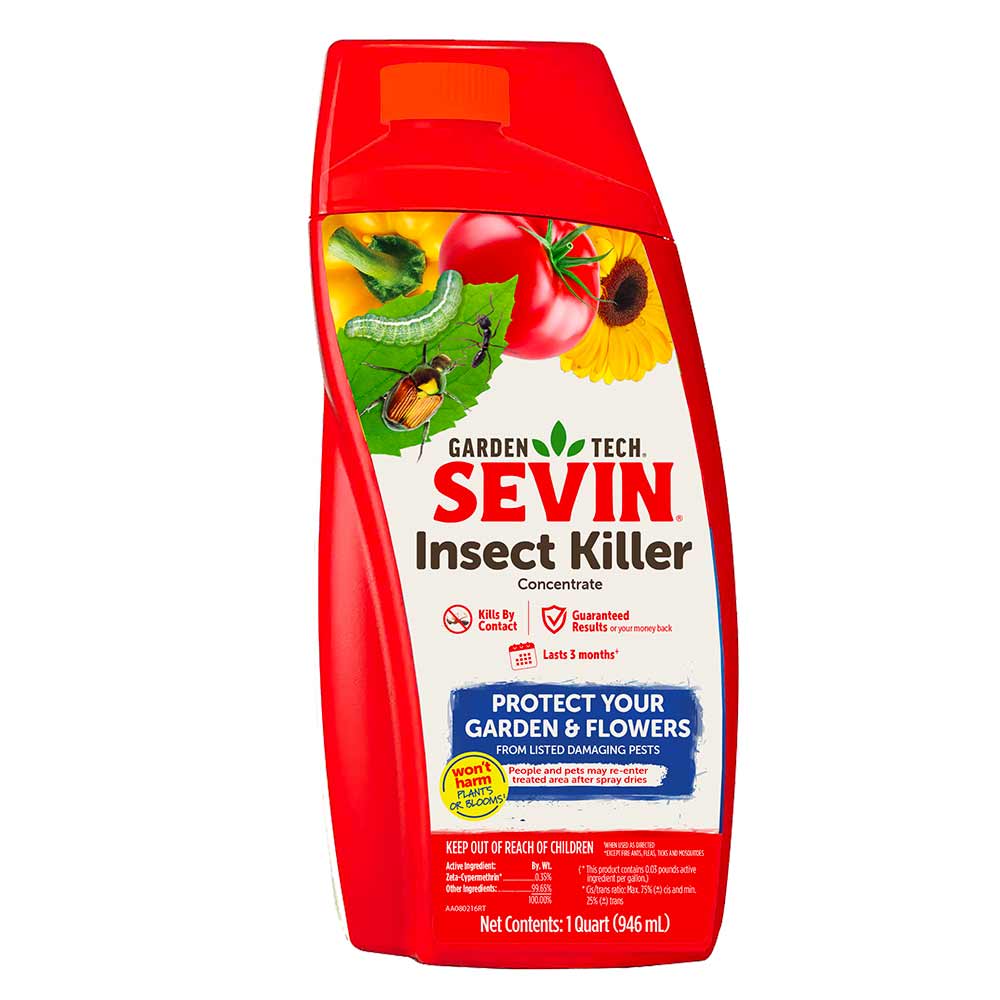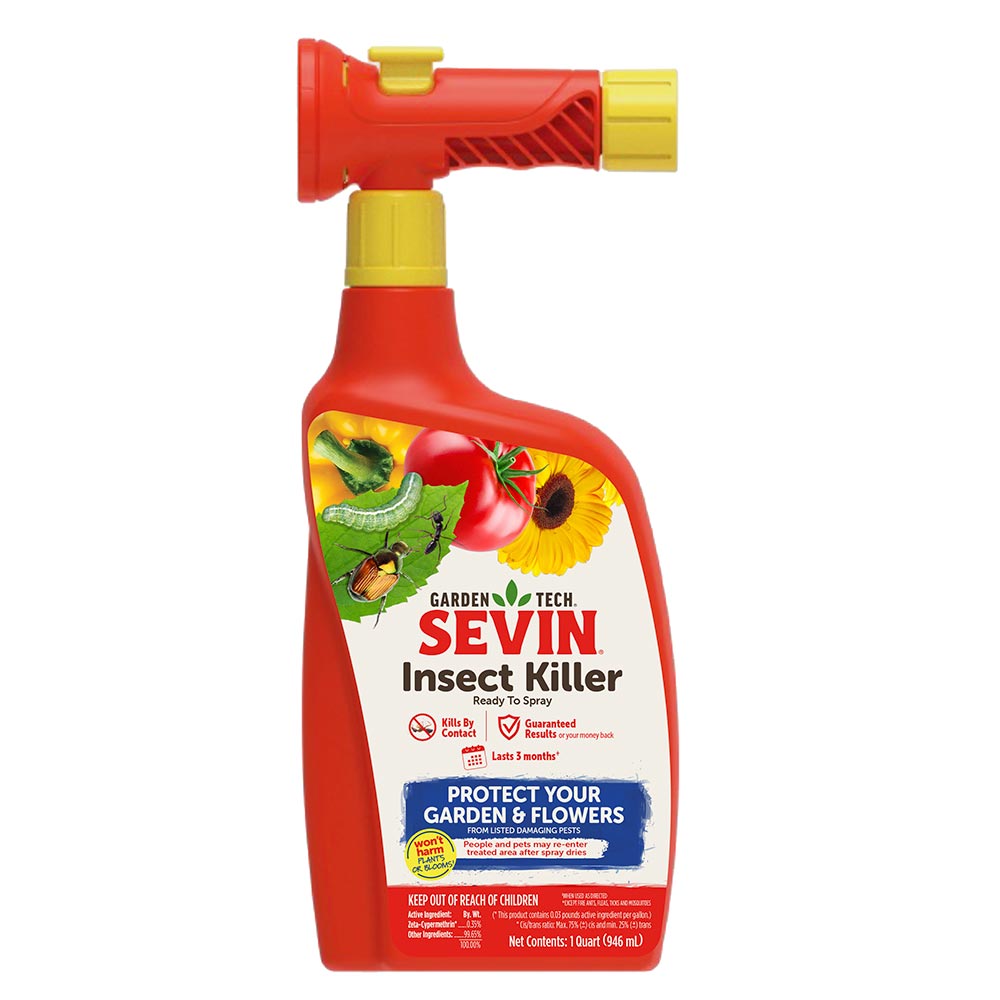Termites
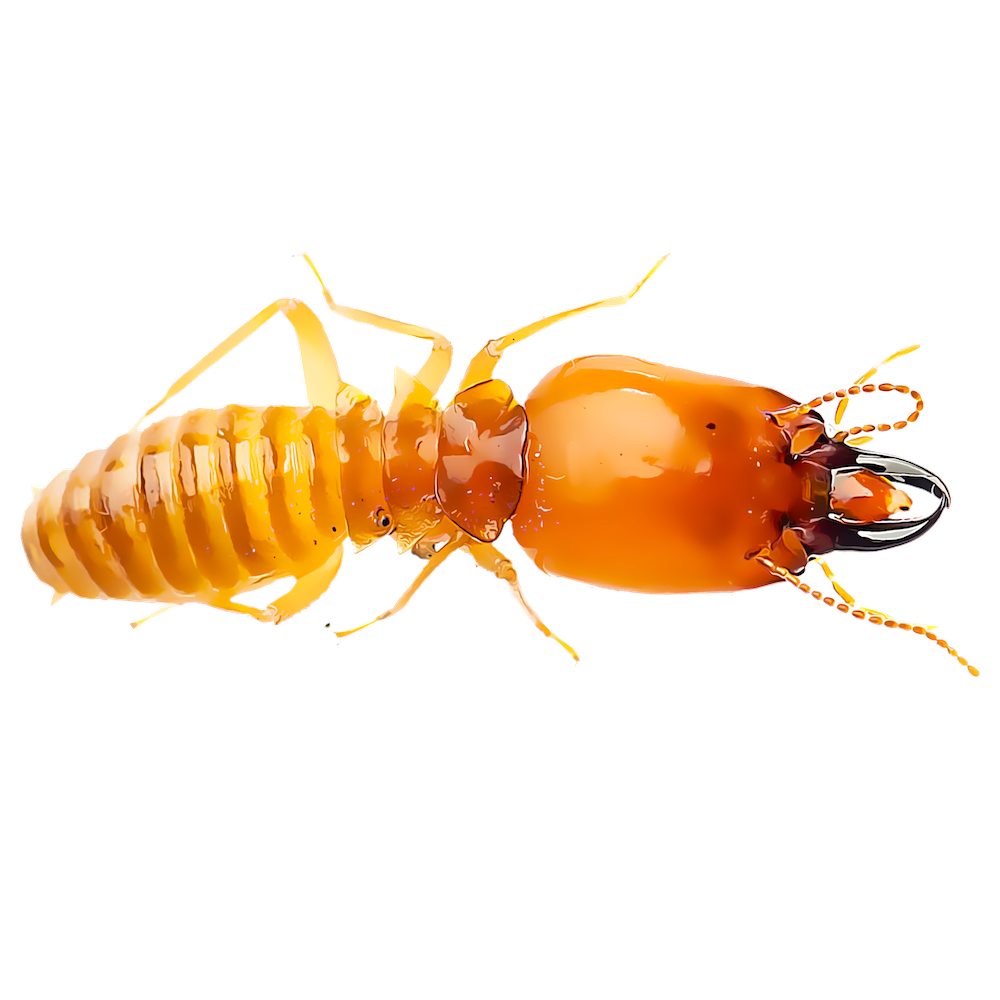

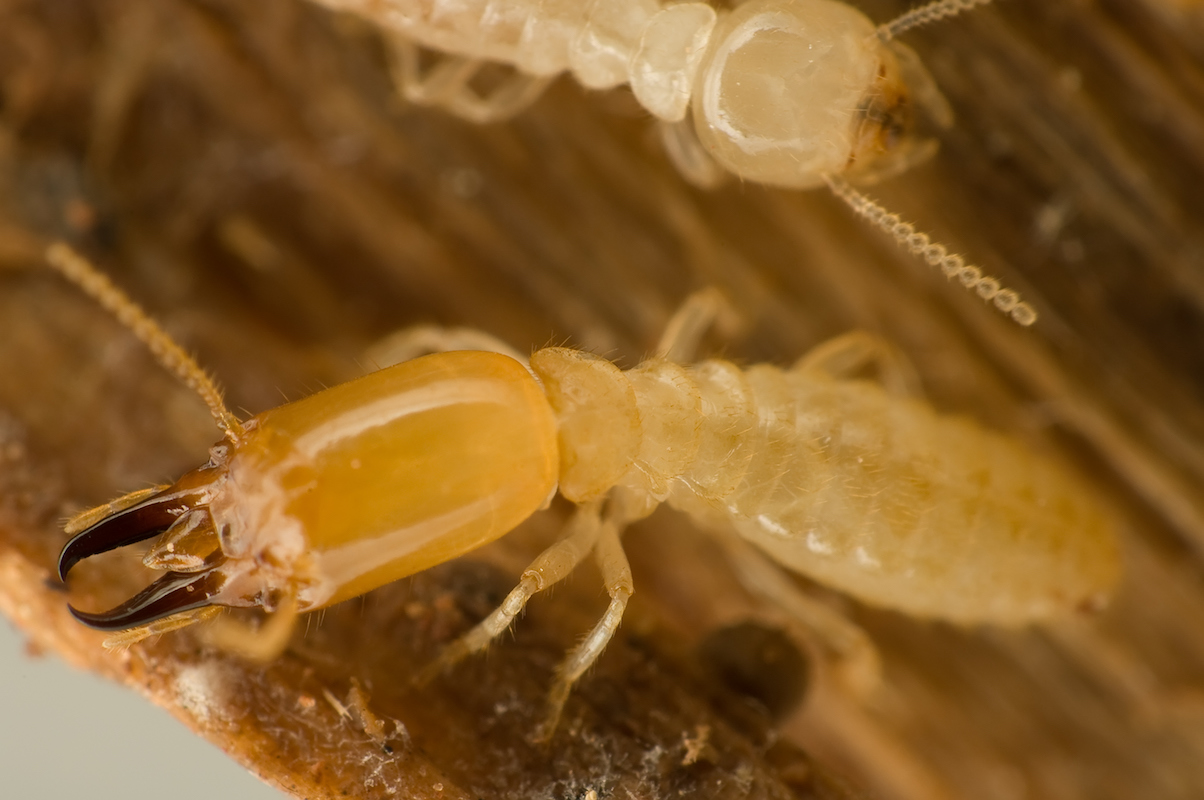
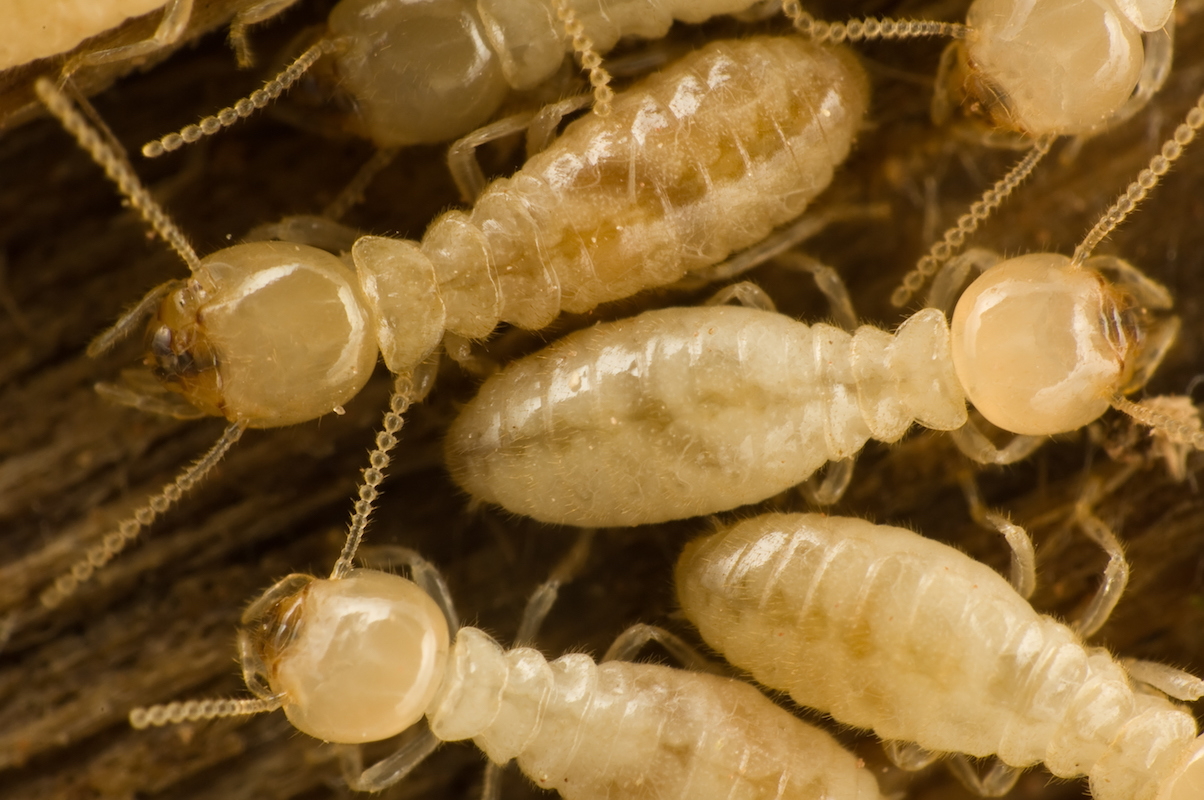
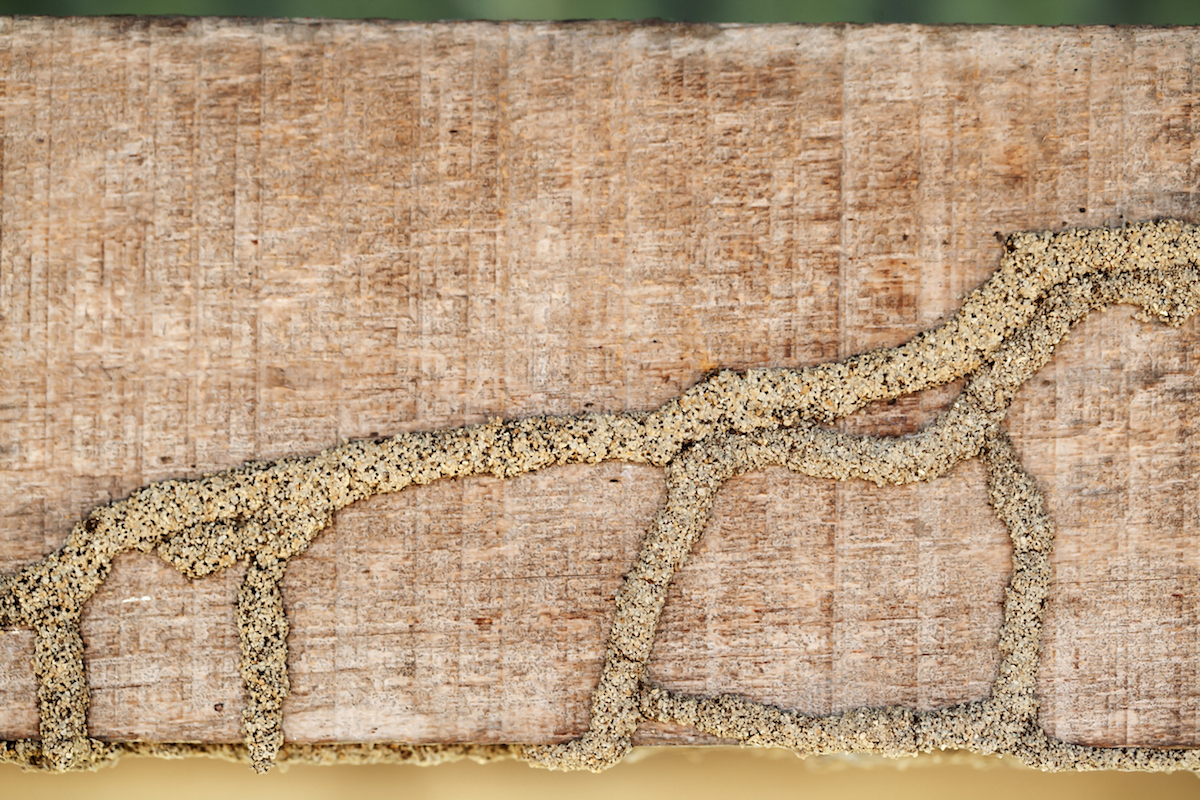
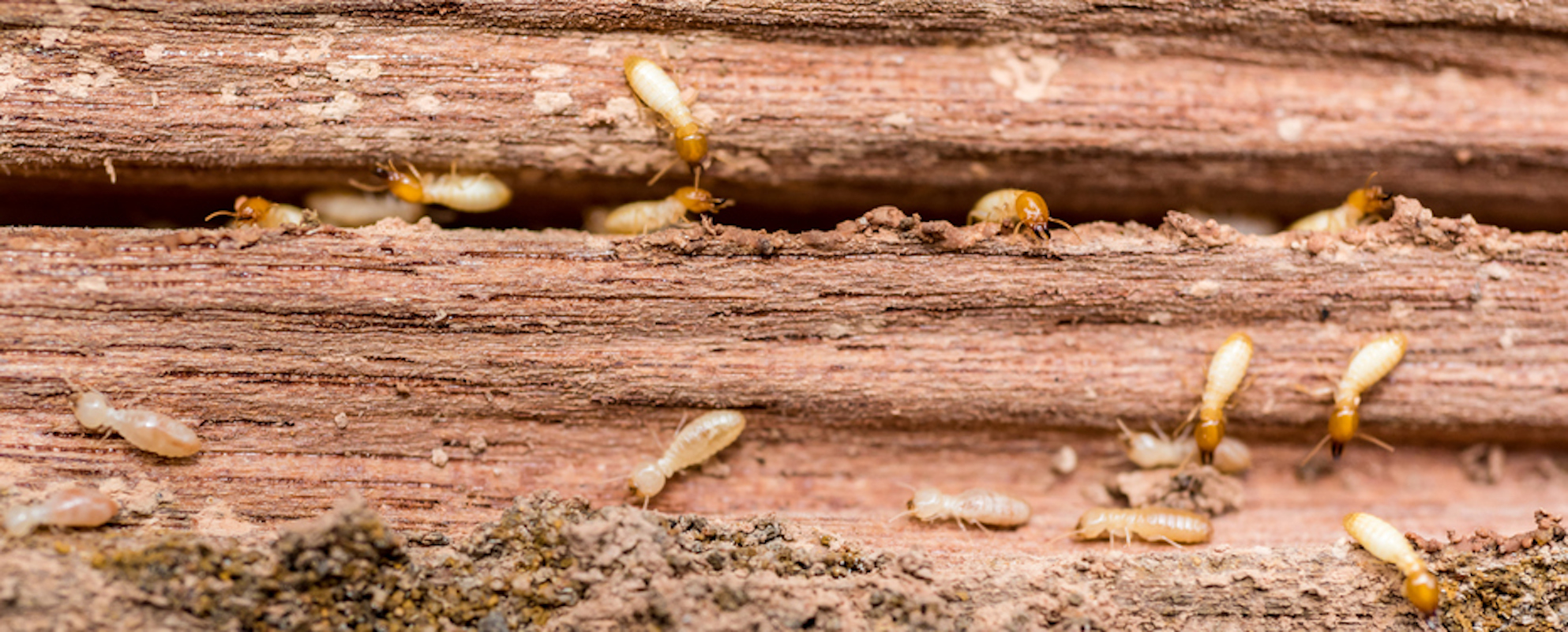
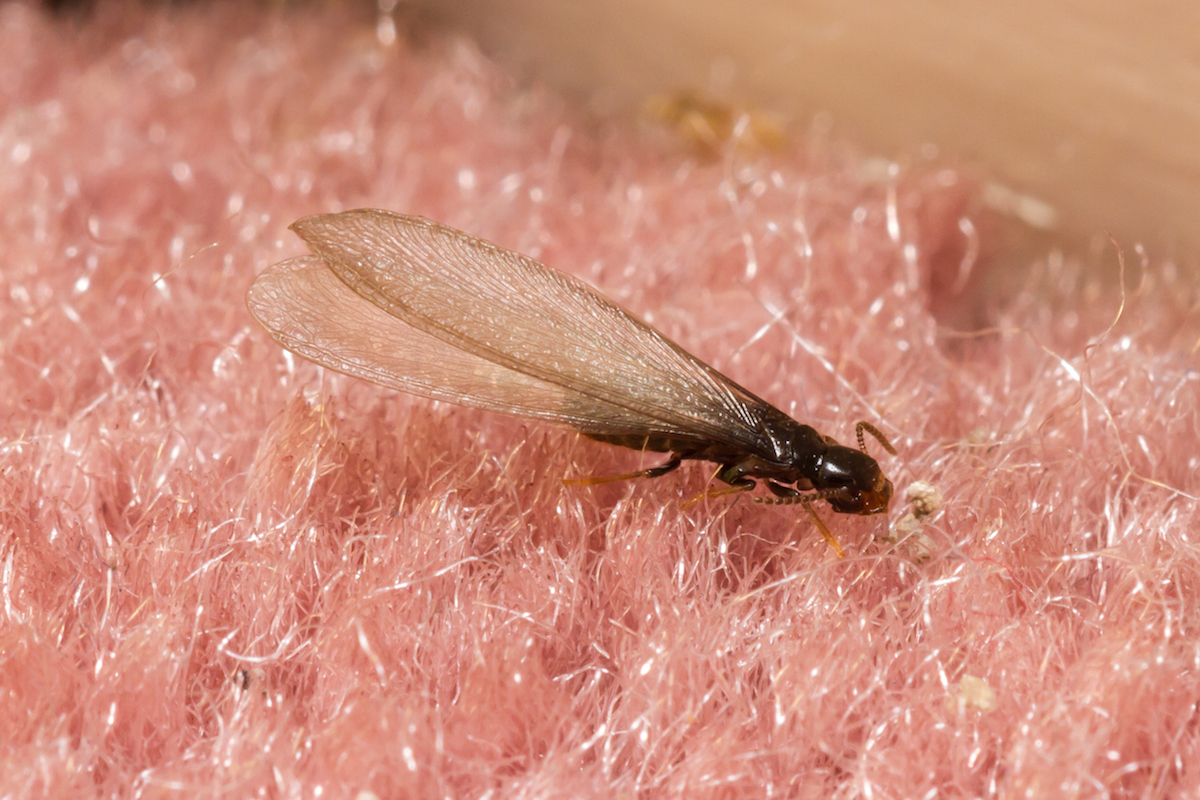
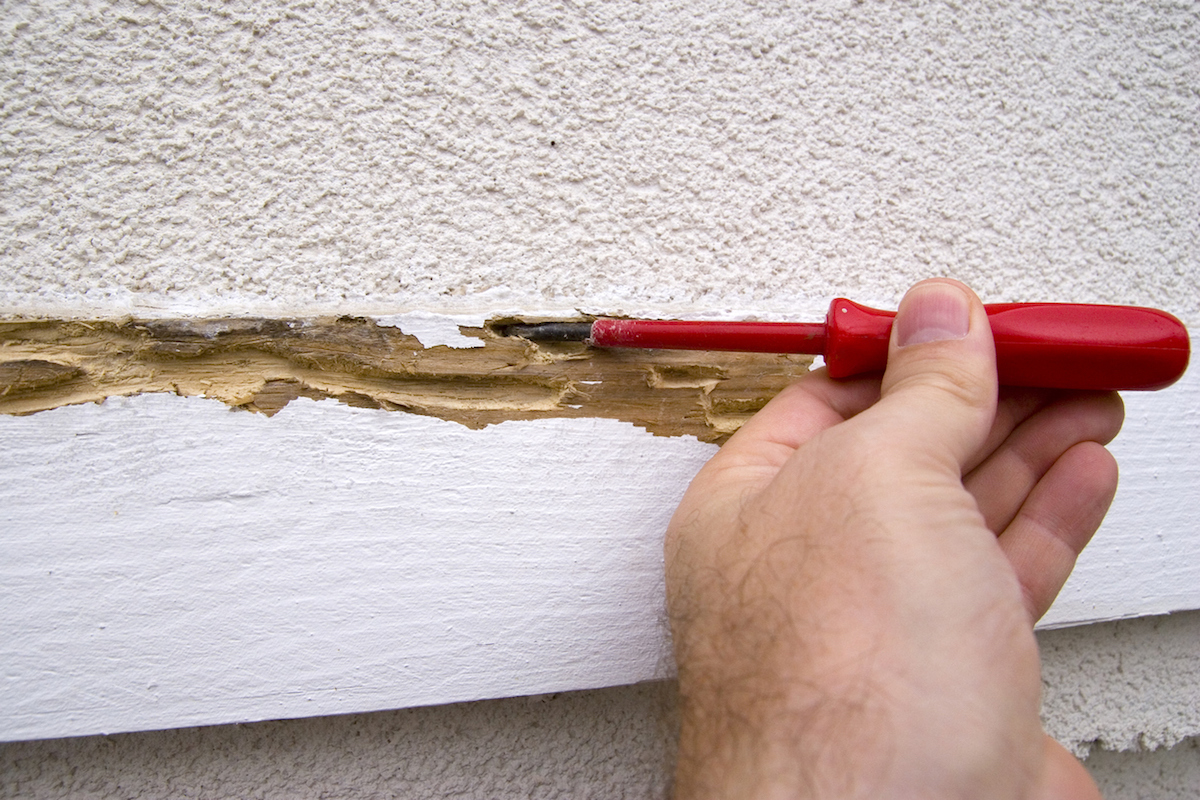
Termites are the leading wood-damaging pest in the United States. Found throughout the country, they're most prevalent in the Southeast and coastal West. Among native termites, subterranean termites cause the most extensive damage. In recent years, aggressive, invasive, non-native termites have been found in U.S. homes as well. Unlike carpenter bees and carpenter ants, termites actually eat the wood they damage. A termite infestation severely threatens the structural integrity of your home.
Termite Identification: Termites are rarely seen outside the wood they infest. Their extensive colonies include three main classes: soldiers, workers and "reproductives." Brownish- yellow soldiers, charged with protection, have large brown heads and jaws. Wood-eating workers are yellow-white with smaller heads. Both these wingless, soft-bodied types measure about 1/4 inch in length when mature. Reproductive termites are typically black or dark brown, winged and about 1/2 inch long. They shed wings after mating.
Often mistaken for ants, termites differ from ants;in several key ways. Termites have straight antennae and straight bodies with no defined waist. Ants have bent, jointed antennae and clearly defined, pinched waists. If winged, termites have two wing sets of equal length. Winged ants have two sets with different lengths.Signs/Damage of Termites: The first clue of termite infestation is usually a swarm of winged reproductives that emerge from well-established colonies to mate in spring. Piles of shed wings indicate that mating already occurred. Signs of subterranean termites include protective mud tubes constructed up foundations and walls or across floor joists to connect underground colonies with wood.
Termite-infested wood returns a hollow sound when tapped. Probed gently with a screwdriver, the wood's outer wall collapses and reveals termite galleries inside. Unlike smooth-walled carpenter ant galleries, rough-walled termite galleries are lined with greyish excrement and soil.
How to Control Termites: Always seek a professional inspection if you suspect an active termite infestation. By the time you discover these pests, damage may be extensive. GardenTech® brand offers two highly effective options to treat soil and vegetation around your home and supplement professional structural treatments. These non-staining formulas also treat building foundations up to a maximum height of 3 feet:
- Sevin® Insect Killer Ready to Spray attaches to a common garden hose to mix and measure automatically as you spray. Cover all surfaces thoroughly to kill termites by contact and keep protecting for up to three months.
- Sevin® Insect Killer Concentrate, used with a pump-style sprayer, provides economical coverage for large areas. Use the convenient measuring cap to measure concentrate into your sprayer; then add water and mix well. Spray all surfaces thoroughly to kill termites by contact and protect against invasions for up to three months.
Tip: Anything that connects soil to your home's wood serves as a bridge for termites. Inspect trellises, steps and foundations regularly for mud tubes or other termite signs.
Always read product labels and follow the instructions carefully.
GardenTech is a registered trademark of Gulfstream Home and Garden, Inc.
Sevin is a registered trademark of Tessenderlo Kerley, Inc.
Is this not your insect?
View all Insects

